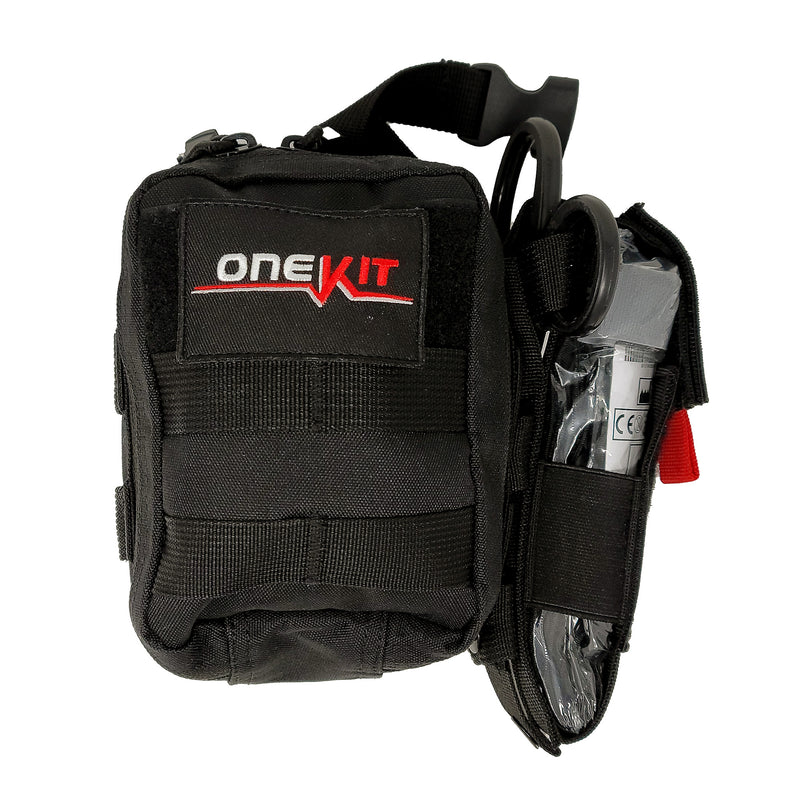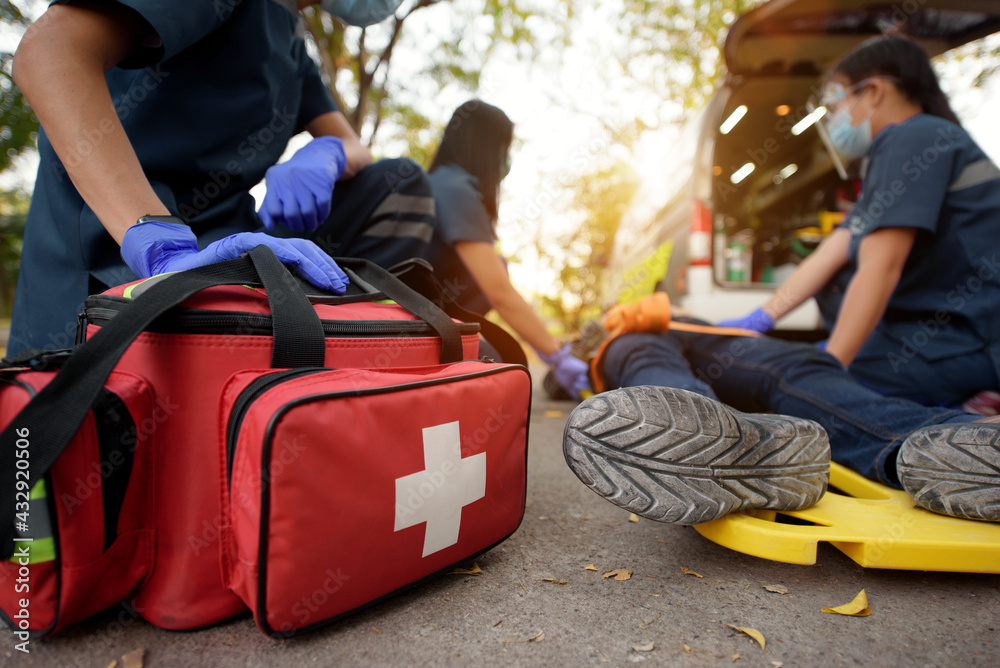Introduction
When it comes to the safety and well-being of our loved ones, there is nothing more important than being prepared for emergencies. Accidents can happen at any time, and having a first aid kit readily available can make all the difference in providing immediate care and potentially saving lives. In this article, we will explore the essential components of a first aid kit for home safety and discuss First Aid Kit for Home Safety why having one is crucial for protecting your loved ones.
Why Should You Have a First Aid Kit at Home?
Accidents can happen anywhere, including within the confines of our own homes. From minor cuts and bruises to more serious injuries, having a well-stocked first aid kit can provide peace of mind and ensure that you are prepared to handle any emergency situation that may arise. In moments of crisis, quick access to medical supplies can mean the difference between life and death.
Best First Aid Kit in Texas: Ensuring Quality and Reliability
When it comes to selecting a first aid kit for your home, it is essential to choose one that meets high standards of quality and reliability. The best first aid kits in Texas are designed to contain all the necessary supplies and equipment needed to handle various medical emergencies effectively. These kits are carefully curated with input from medical professionals to ensure that they meet the highest standards of safety and efficacy.
Complete First Aid Kit: Essential Components
A complete first aid kit should contain a wide range of medical supplies necessary for providing immediate care in different emergency situations. Here are some essential components that every first aid kit should include:
1. Bandages of Various Sizes
Bandages are an indispensable component of any first aid kit. They help protect wounds from infection and promote healing. A variety of bandage sizes should be included to accommodate different types of injuries.
2. Antiseptic Wipes or Solution
Cleaning wounds is crucial to prevent infection. Antiseptic wipes or solution should be included in your first aid kit to clean wounds effectively and reduce the risk of bacterial contamination.
3. Adhesive Tape
Adhesive tape is used to secure bandages and dressings in place. It is an essential component for proper wound care and should be included in your first aid kit.
4. Gauze Pads and Dressings
Gauze pads and dressings are used to cover larger wounds or burns. They provide a sterile barrier to protect the wound from further contamination.
5. Scissors and Tweezers
Scissors and tweezers are useful tools for cutting bandages, removing splinters, or cutting clothing away from a wound. They should be included in your first aid kit for added convenience.

6. Disposable Gloves
Disposable gloves are crucial for maintaining hygiene during medical procedures, such as cleaning wounds or administering medication. They protect both the caregiver and the injured person from potential infections.

7. Cold Packs
Cold packs provide immediate relief for sprains, strains, or minor burns by reducing swelling and numbing the affected area. Including cold packs in your first aid kit can help alleviate pain and discomfort.
First Aid Kit Essentials: Going Beyond Basics
While the above components form the foundation of a well-stocked first aid kit, it is also important to consider additional essentials that can enhance its capabilities:
1. CPR Mask
A CPR mask allows for safe administration of cardiopulmonary resuscitation (CPR) without direct mouth-to-mouth contact. It provides a protective barrier while performing life-saving measures.
2. Emergency Blanket
An emergency blanket helps maintain body heat during emergencies or when treating shock. It is lightweight and compact, making it easy to include in your first aid kit.
3. Tourniquet
A tourniquet is used to control severe bleeding when direct pressure is ineffective. Including a tourniquet in your first aid kit can be lifesaving in situations where immediate medical attention may not be readily available.
4. Emergency Whistle
An emergency whistle can be used to attract attention and signal for help during emergencies, especially in outdoor or wilderness settings.
Emergency Medical Kit: Be Prepared for Anything
In addition to the essentials mentioned above, it is also important to consider specific medical needs and potential emergencies that you may encounter. Customizing your first aid kit with medications, such as pain relievers, antihistamines, or prescription medications for chronic conditions, can ensure that you are prepared for any situation that may arise.
First Aid Kit for Home Safety: Ensuring Quick Access
Having a first aid kit is only effective if it can be accessed quickly during emergencies. Here are some tips to ensure easy access:
- Keep the first aid kit in a designated and easily accessible location. Ensure that all family members know where the first aid kit is located. Regularly check the contents of the first aid kit and replenish any expired or used items.
Basic Medical Supply Checklist: Get Started Today!
To help you get started on assembling your own first aid kit, here's a basic checklist of essential medical supplies:
Bandages (assorted sizes) Antiseptic wipes or solution Adhesive tape Gauze pads and dressings Scissors and tweezers Disposable gloves Cold packs CPR mask Emergency blanket Tourniquet Emergency whistleRemember to customize this list based on your specific needs and consult with medical professionals if necessary.
Best Emergency First Aid Kit: Ready for Anything
While assembling your own first aid kit can be a cost-effective option, there are also pre-packaged emergency first aid kits available on the market. These kits are designed to provide comprehensive coverage for a wide range of emergencies and often come with additional supplies and equipment. Researching and selecting the best emergency first aid kit for your specific needs can save you time and ensure that you have all the essentials in one convenient package.
FAQs
Q: What should be in a first aid kit for home safety?- A: A first aid kit for home safety should include bandages, antiseptic wipes, adhesive tape, gauze pads, scissors, tweezers, disposable gloves, cold packs, and other essentials mentioned in this article.
- A: It is recommended to check your first aid kit every six months to ensure that all supplies are up-to-date and properly stocked.
- A: It is generally not recommended to use expired medical supplies as their effectiveness may be compromised. It is best to replace expired items promptly.
- A: Yes, assembling your own first aid kit allows you to customize it according to your specific needs and preferences. However, it is important to ensure that it contains all the essential components mentioned in this article.
- A: If you or your family members require prescription medications for chronic conditions, it is advisable to include them in your first aid kit. Consult with healthcare professionals for specific guidance.
- A: Your first aid kit should be kept in a designated and easily accessible location, known to all family members. Common locations include the kitchen, bathroom, or utility room.
Conclusion
A well-stocked and easily accessible first aid kit is an essential component of home safety. It provides peace of mind, knowing that you are prepared to handle any emergency situation that may arise. By including the essential components mentioned in this article and customizing your kit based on specific needs, you can ensure the safety and well-being of your loved ones. Remember to regularly check and replenish your first aid kit to maintain its effectiveness. Stay prepared, stay safe!